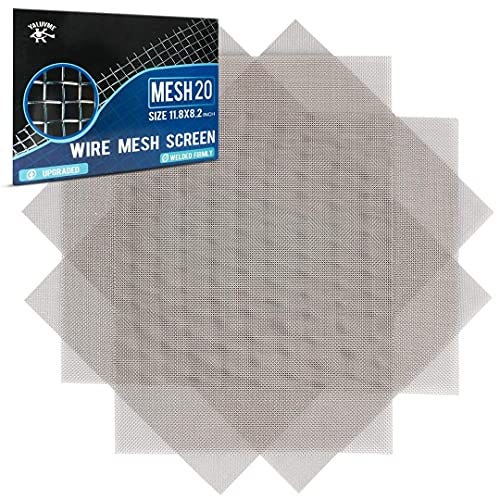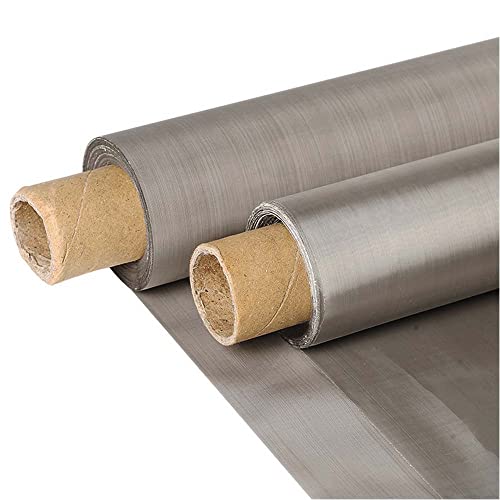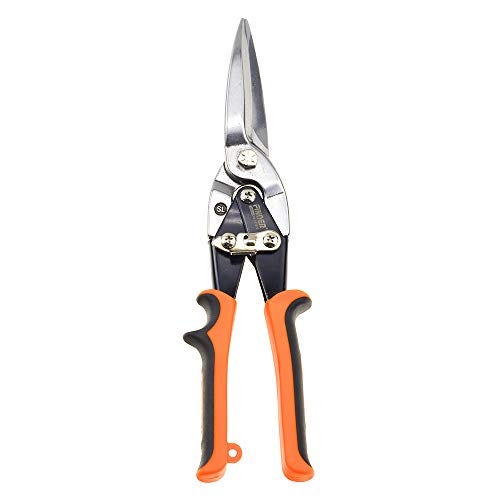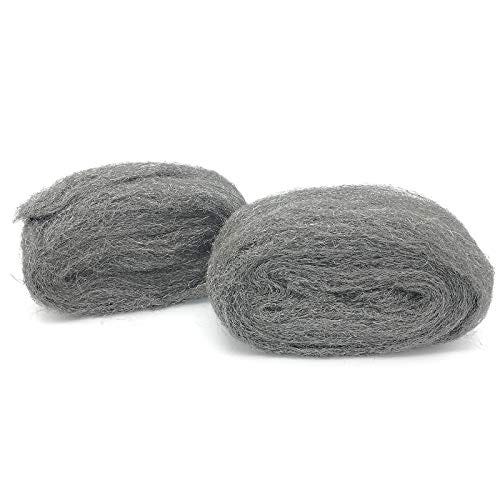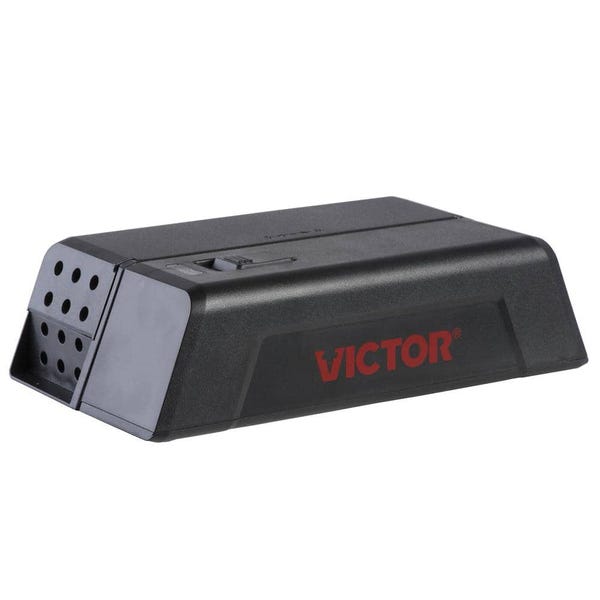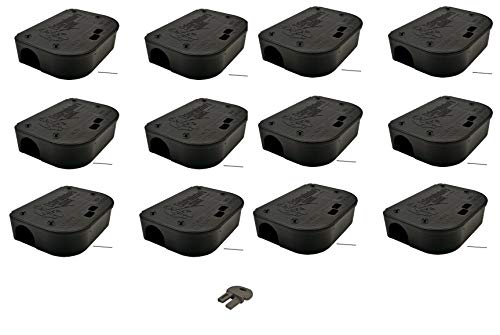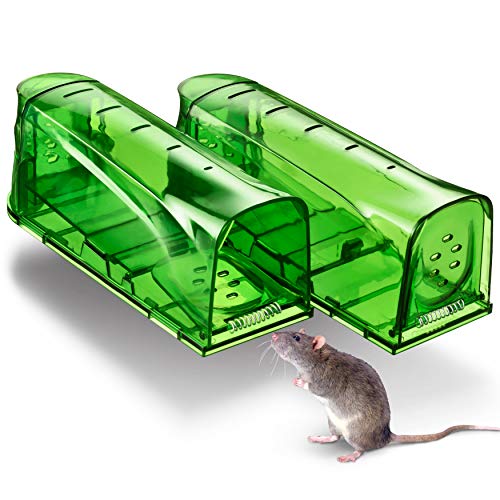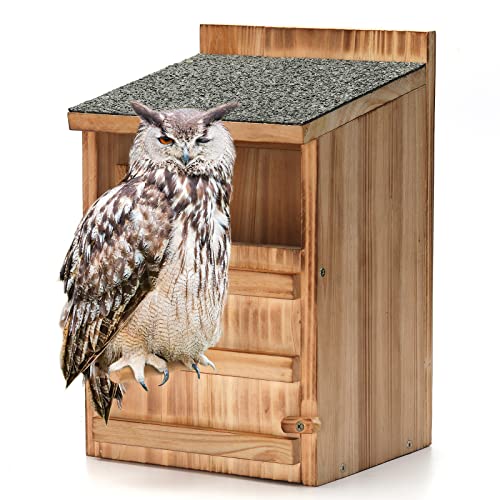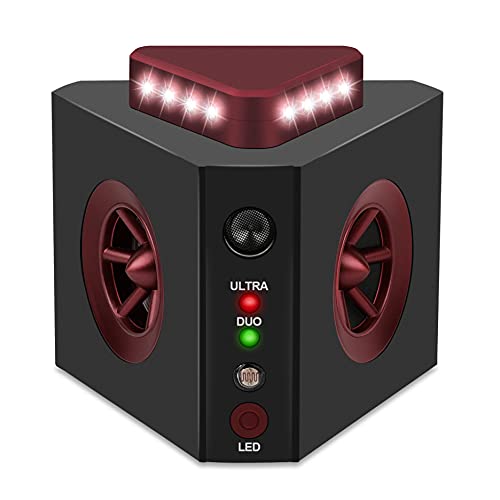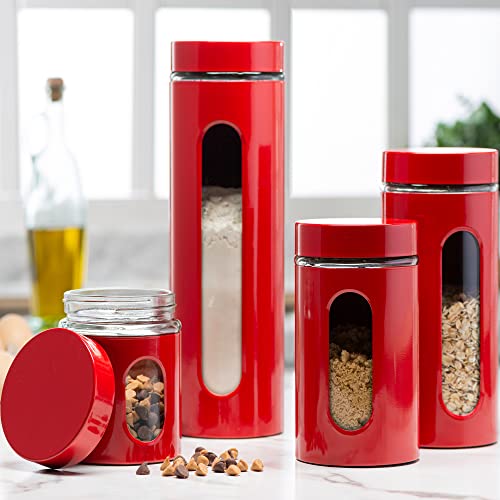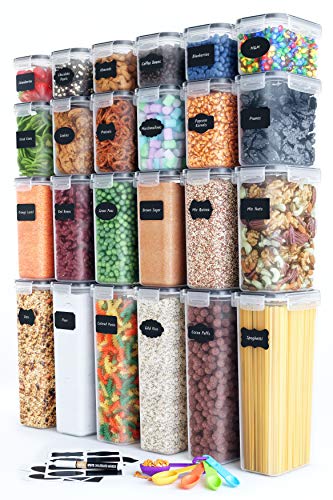How to get rid of mice
I’ve never had a strong aversion to mice. Growing up, my family always had a cat (or two) and I don’t remember there being any mice in the house. However, we had a 1.50 m high pile of firewood in the backyard, in which the field mice liked to nest. The family cat spent hours on this pile of wood and regularly caught mice. I’ve always wondered why the mice didn’t move, but they never did. It might have something to do with my mom’s bird feeders that provided them with free food and water. My mother is one of those wonderful people who genuinely cares and wants to take care of all living things (often much to my father’s chagrin).
Mice seek out warm, cozy places near easily accessible sources of food and water (like my parents’ woodpile and my mother’s birdhouse). They will find their way into your home, especially during the winter months, looking for a place to build a nest out of things like scraps of paper and fabric. They are tiny and can squeeze through holes as small as a dime. They eat almost anything they can find. Once moved in, they can be difficult to vacate — like a bad renter or one of those disruptive Airbnb guests who refuse to vacate.
Aside from being a bit destructive in their search for food, mice can also be disease vectors. And mouse waste can aggravate allergies and asthma. And the little critters have the potential to carry diseases like leptospirosis (a rather rare bacterial disease that can cause kidney and liver damage), Lassa fever (an acute viral hemorrhagic disease transmitted by the African rat), and hantavirus (a family of viruses spread via rodents) – although none of these are overly common. When cleaning up after mice, be sure to wear rubber or latex gloves and wash surfaces thoroughly. Mice aren’t the cleanest of houseguests, leaving feces and dirt that get into your food containers.
How to tell if you have mice or rats
How can you be sure you have mice and not rats? The most obvious way is what size poop they leave behind. Mice feces are small (about 1/4 inch), brown, and spherical. Rats are usually larger than mice. If you’ve ever ridden the subway in New York City, you’ve most likely seen a rat and know firsthand that they can be quite large.
Rats are neophobic, meaning they have an intense fear of new and unfamiliar things. This means they are suspicious of traps and other abrupt changes in their environment. Rats migrate more than mice and do not nest in large numbers. Mice tend to stay close to home and are much more curious than rats, making them easier to catch.
How to get rid of mice
So how do you get rid of mice once they’ve taken up residence? There are a few approaches, but the first step is to determine how they got there in the first place.
Seal entry points with metal sheets or grids
Find out where mice are entering your home and seal off that entry point (or points) with metal mesh. Mouse teeth (fortunately) can’t chew through metal. If you have a lot of openings to cover, you can buy stainless steel mesh off the roll. Purchase tin snips to cut the mesh to size.
Mice and other rodents look for warmer spots and will be drawn into a hole or crack in your foundation because they can sense warmer air flowing out of it. Look for openings in your foundation, where pipes enter your basement (if you have one), or where walls meet, and around chimneys and vents.
Not only can you install a mesh screen clock, but you can also stuff steel wool in holes and around pipes as mice can’t chew through.
After you’ve sealed all entry points, you determine what’s still calling the mice to your yard. Are you inadvertently providing them with easy access to food and water and a great place to hide? If so, change the environment to discourage them from staying or moving in. As my mother proved, bird and squirrel food will attract mice even if there is a cat in the house.
fall
Once you’ve sealed your house and eliminated the paths for mice to get in, you’ll need to decide how to deal with the ones already there. There are different types of mouse traps. Which one you use depends a lot on your personal preferences and what you are comfortable with.
Both the Humane Society and the CDC advise against using glue bowls, traps, or boards. When caught in these traps, mice suffer a slow starvation, making them an unnecessarily cruel and inhumane pest control method.
Traditional snap traps
Most people are familiar with these types of traps. Add a bait to use, e.g. B. Peanut Butter, and then activate the spring trap. When an unsuspecting mouse settles down to eat the peanut butter, it triggers the trap, which snaps shut fatally for the mouse.
electronic traps
Mice are lured into these traps by food. Once inside, the trap emits an electric shock that instantly kills the rodent. The traps are equipped with a removable chamber in which you place the bait. The chamber also allows disposal without touching or handling the remains.
Poison Bait Stations
Many professional pest control companies use poison bait stations, which are small, lockable containers in which you place a piece of poisoned bait. The mouse eats the bait and then dies from the poison in a different location.
The disadvantage of this type of trap is that a mouse could die somewhere in the walls of your home, making the corpse difficult or impossible to find. Small rodent carcasses smell and attract flies for a couple of weeks. The venom is also a risk to pets, wildlife, and children.
live animal traps
Live mousetraps allow you to catch and (try to) relocate your unwanted mouse tenants. Use bait to lure the mice in, then transport the mouse in the trap to a location at least two miles from your home. The further you take them, the less chance they have of finding their way back. PETA recommends checking live traps up to every hour, as rodents can die within hours from stress-related disorders or dehydration.
Mice (and rats) are considered smart animals. Just like dogs and cats, they can recognize their name when given one and respond when called. Both are also social species that bond to each other and enjoy playing and living together. While not having them in your home is perfectly understandable, consider live traps if you want to remove them in the most humane way possible.
Natural predators
Cats, hawks and owls are natural predators of rodents. While house cats may not be particularly effective at killing mice (they don’t need to consume them for food), their scent can deter rodents from settling in your home. Indoor/outdoor and stable cats are much more adept at actually catching mice and often eat them. The only problem is that they don’t always use them up completely, so you might run into some unsavory looking leftovers.
If you want to attract owls to your coop, consider a nest box. Owls eat about four mice a day and are very useful on a farm.
Non-lethal repellers
Soaking rags or cotton balls in ammonia and leaving them where you see rodent activity will discourage mice from staying, as they don’t like the smell (although chances are your cat or dog won’t be too happy with the smell either will be). A strobe light, ultrasonic repeller, or even a radio playing near an entry point will also help scare them away.
How to prevent mice
Preventing rodents in the first place is decidedly easier than getting rid of them, especially if like me you’re not a fan of traps.
Store all food in your home in airtight metal or plastic containers. I love these bright red stainless steel canisters from Le’raze. They are also available in silver/grey.
I use these thick, airtight plastic containers from Chef’s Path to store crackers, cereal, oatmeal, and the like. I never leave anything hanging around in a box.
Don’t leave produce or pet food on your work surfaces overnight, and wash dishes before bed if possible.
Outdoors, keep the bushes around your home trimmed so they don’t provide sheltered spots for mice to congregate. Secure the lids on all outdoor trash cans and make sure you clean your outdoor grill if you have one.
Or, of course, you can take my mom’s approach and build mouse-friendly log villages alongside a daily free buffet station of seeds and bread. That way, the mice have everything they need in the garden and don’t feel like moving into your house.
